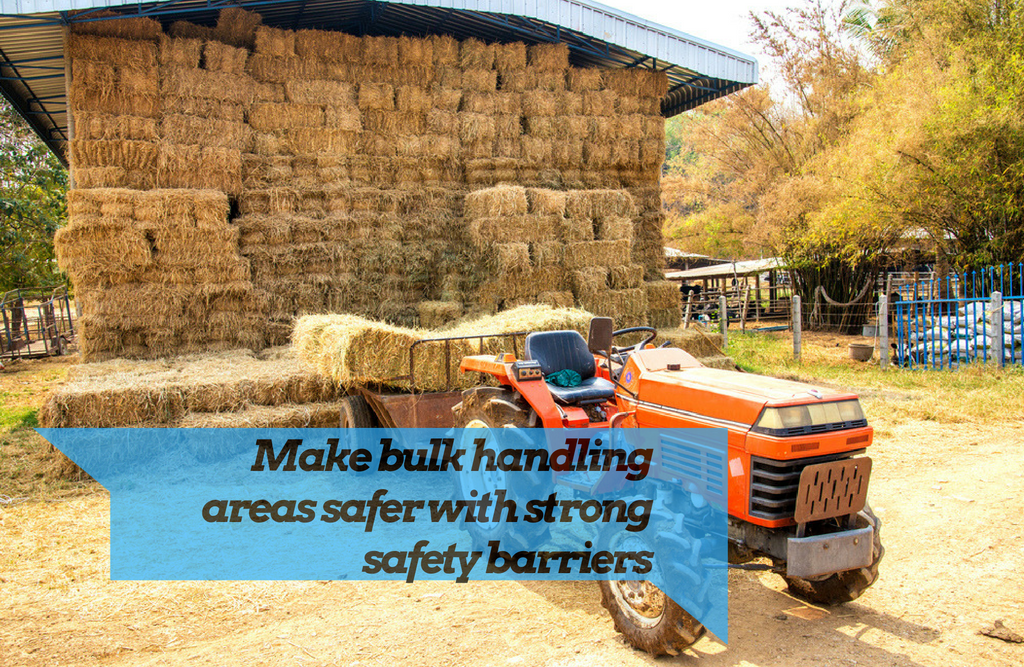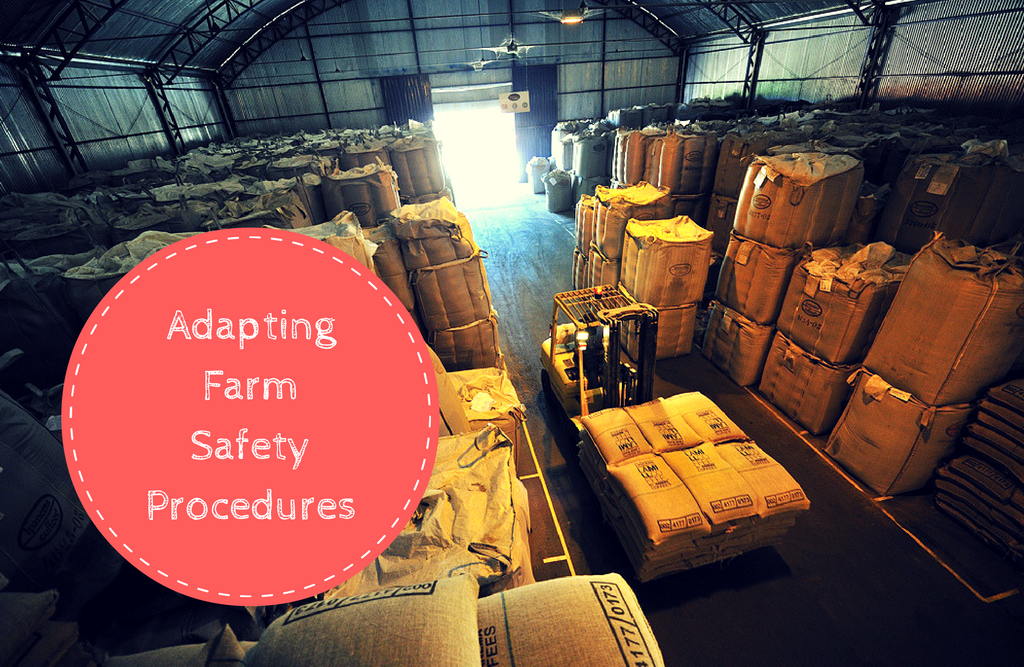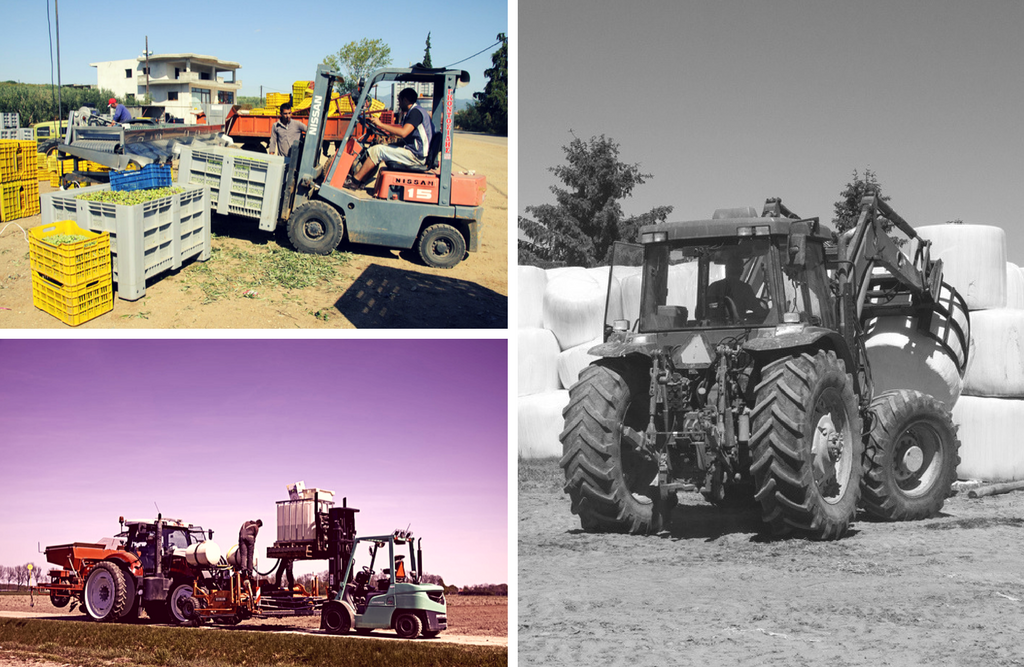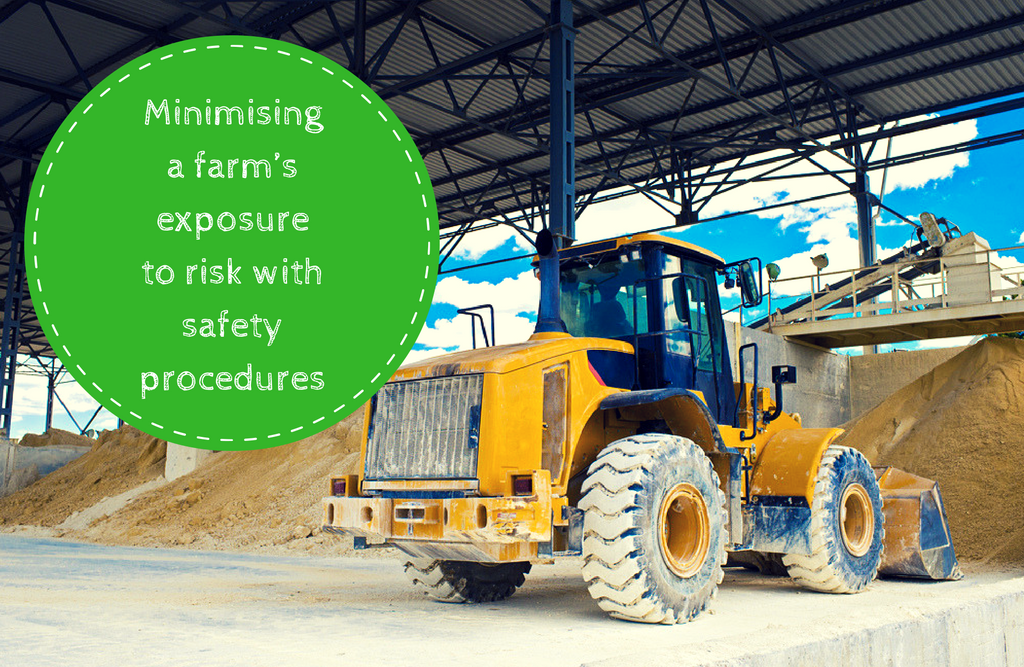Farming is one of the most common and recognisable activities on the planet. It has been around since our species began walking upright up and has remained a primary source of food now in the present age even as we begin discovering newer frontiers. It is a necessary industry for the sustenance and benefit of the species as a whole.
Our ways and means of farming have also evolved along with us. What were once simple and rudimentary tools have now been replaced by complex and more efficient farming implements. Tractors and forklifts have now replaced hand tools and animal-drawn carts. With the prevalence of use of these farm machines, it is necessary to develop and implement safety procedures for the benefit and well-being of the people operating them and those around them.
Because of a farm’s unique nature, working in one would require specialised training and skills. Farms also require a high level of safety from the people in it owing to its nature. Safety precautions must be undertaken and safety equipment should always be in place in a farm to keep it safe. A farm must also follow safety procedures in its operations to maintain a safe working environment.
There are a number of safety precautions which a farm can undertake. The most simple of these would involve proper attire and wearing appropriate safety equipment like gloves and goggles. The more complex ones would involve having dedicated safety procedures and equipments. This may include compost bins and electricity breakers. Specialised training can also be imparted to those operating the more advanced machines.
One safety procedure which should not be amiss in farms is the erection of safety barriers. These barriers serve a number of purposes and should be strategically placed in farm areas to maximise their efficiency. They work to minimise the farm’s risk exposure through a number of ways. Here are ways on how to best utilise farm safety barriers.
Safety barriers in harvesting plant products
An area which can be looked into with regard to farm safety is the proper implementation and installation of safety barriers. Safety barriers minimise contact between the machines and other individuals. This would minimise the risk of accidents caused by the operation of these machines. It is, thus, important to have safety barriers, even temporary ones, in place when harvesting farm products. Harvesting in industrial farms is usually done in bulk and would involve huge quantities of produce being moved around. Having safety barriers during this season would help increase the safety level in the farming environment.
Safety Barriers in Delivering Plant Products
There must also be safety barriers in place in unloading areas as in the loading ones because of high levels of risk exposure. This is important as unloading areas involve interaction with more people as products are usually unloaded in warehouses or in an area where they are subsequently sold to other buyers. Having protective barriers in these areas can reduce the possibility of accidents.
Protective safety barriers are a must-have implement in the farm, especially in areas involving interactions with humans and machines, and where huge quantities of products are involved. These safety barriers work to lessen the risk of accidents and exposure to such accidents by effectively reducing the risk of untrained and unnecessary interaction with the machine. This results in the machine being handled exclusively by those trained to operate it, thereby greatly reducing accident risks. Safety barriers also work to contain the impacts of any accident that might happen to a particular area and prevent it from spreading to other parts of the farm.
Safety Barriers in Raising Farm Animals
Barriers are also needed when it comes to animal products. Animal enclosures are a must when animals are being raised in a farm. These enclosures work a number of purposes. They prevent the animals from escaping and they also prevent a particular species from getting in contact with others as this may lead to fights and injuries. They also work to prevent unwanted and unsupervised interactions between humans which can also lead to disastrous results.
Animal enclosures must match the animal that would be fenced. Small animals, like goats and sheep will need smaller enclosures while bigger ones, like cows, need bigger enclosures. The size of an enclosure is important for efficiency and practical purposes. A small animal has no need to be protected by a large fence, while a large animal can easily break out of a small fence. Special needs must not be forgotten in setting up enclosures and sanitary tools and implements should be present for the benefit of the overall hygiene of the farm.
Safety Barriers in Moving Farm Animals
Protective safety barriers must also be in place when animals are moved around. Moving animals are trickier as they can move on their own and may attempt to escape. The protective safety barriers that are in place in areas where they are transported from and delivered to must be tougher and stronger. Having these would prevent incidents from happening and minimise the incidents of animals breaking free. Safety barriers must also be in place on the animal transport as well to prevent them from escaping on the road.
Farm safety is an important aspect in running a farm which should never be overlooked. Having safety tool in place, and safety procedures in effect can maintain the safety level of a farm and would conversely minimise the risk of accidents happening. Accidents must be prevented from happening as these will result in huge monetary losses and other significant setbacks like human injuries and even death. One implement which a farm should never miss are protective safety barriers, especially in areas which involve the transport and storage of farm products. These safety barriers work to protect the humans working around the farm and those which they interact with. When coupled with other safety implements and procedures, these safety barriers effectively increase the level of safety in the farm and would also minimise the farm’s exposure to risk.




